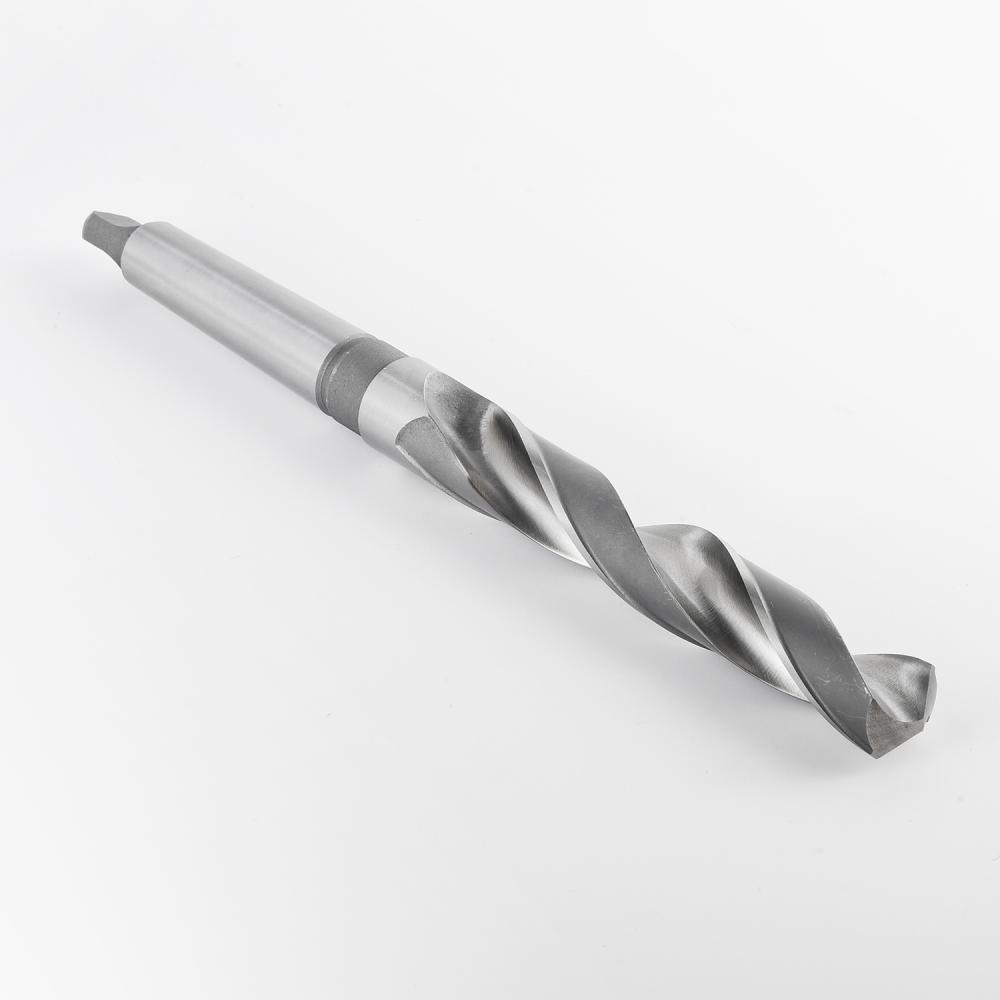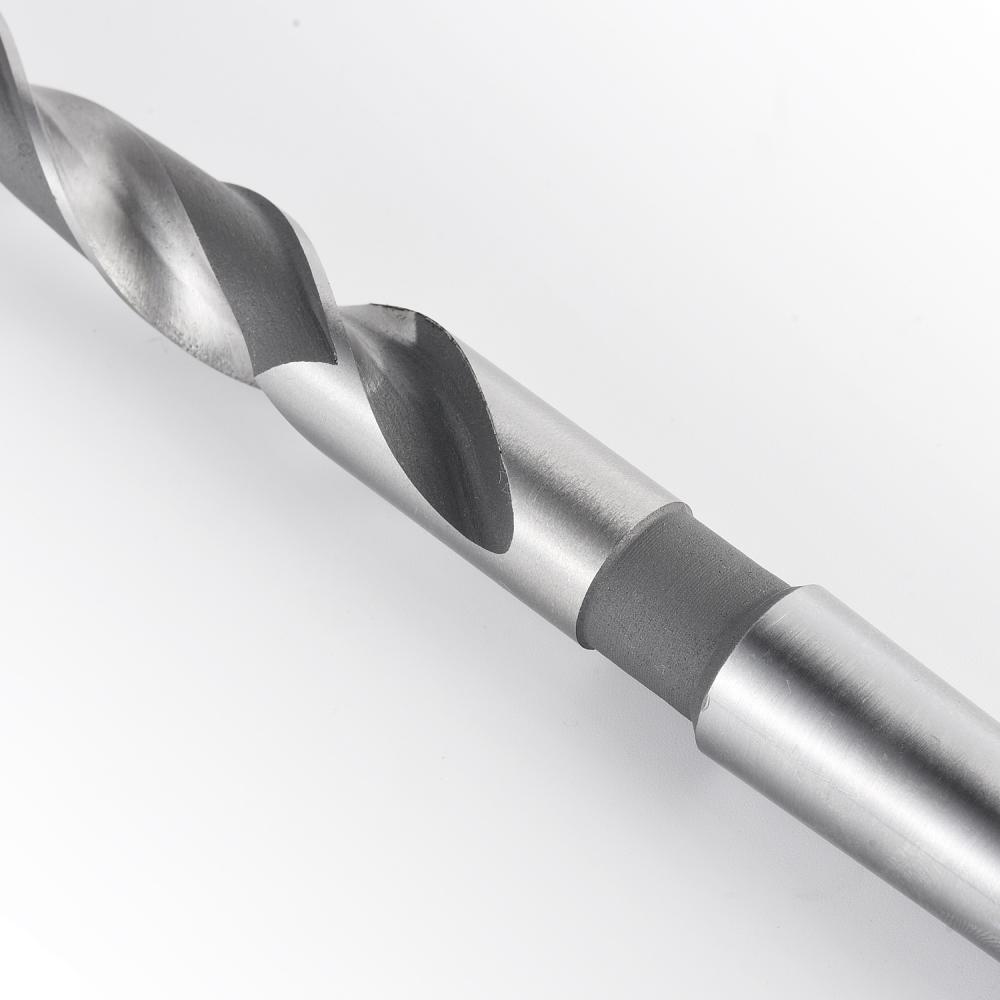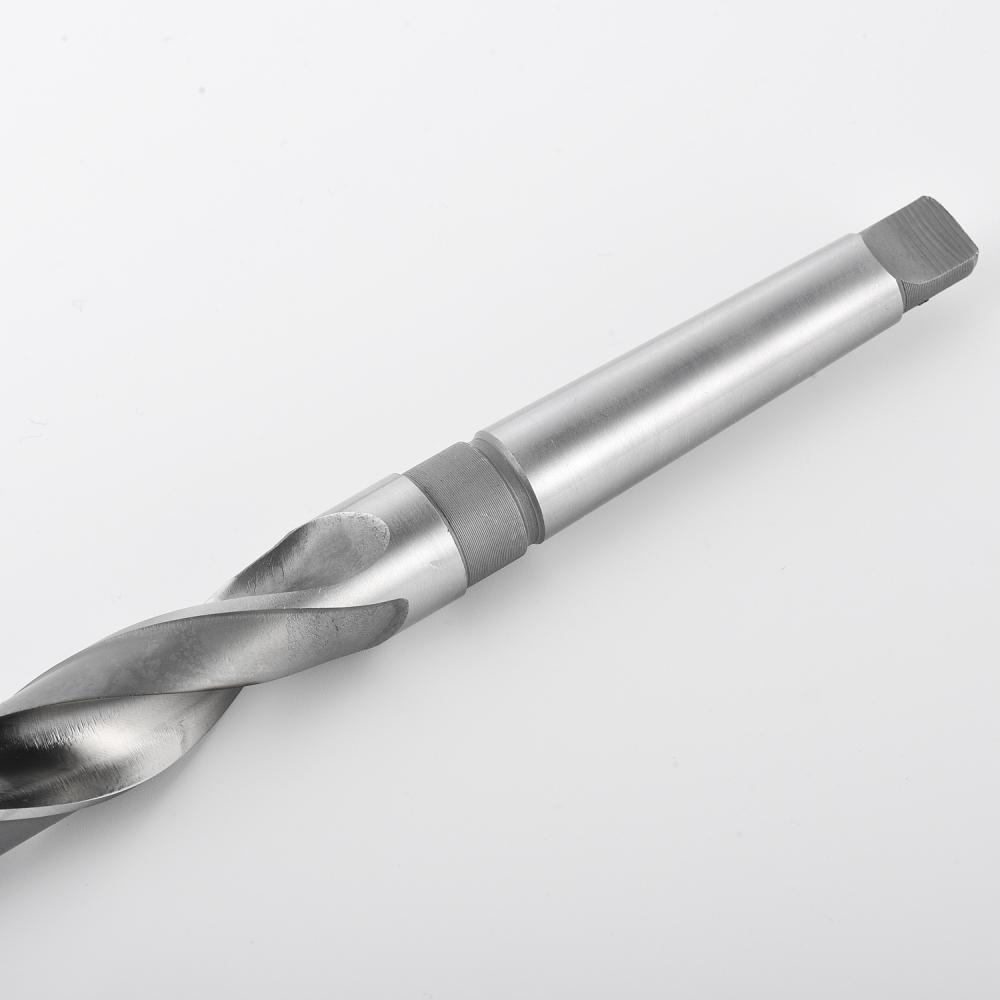The Morse taper shank Drill Bit is a self-locking (or self holding) taper of approximately 5/8" per foot that allows the torque to be transferred to the drill bit by the friction between the taper shank and the socket. The tang at the end of the taper is only for ejecting the drill bit from the spindle, with the aid of a drift.
Its material is high speed steel,treatment process is roll-forged
Taper Shank Drill Bit,Shank Drill Bit,Taper Shank Drills,Twist Drill Behappy Crafts (suzhou)Co.,Ltd , https://www.craftsbehappy.com
The arbor of a drill chuck is often a Morse taper and this allows the chuck assembly to be removed and directly replaced with the shank of a Morse taper drill bit.



New progress in the field of quantum information for the first time to achieve 225 memory cell quantum memory [Full Text]
Technology dynamics The power of science and technology is always magical and far-reaching, but it can always quietly infiltrate and change people's lives. Often when we marvel at the achievements of technology, it suddenly appeared in our lives, from the initial curiosity to the later habits, until the last reliance and inseparability.
Tsinghua News reported on May 9 that Duan Luming's research group at the Quantum Information Center of Tsinghua University has made important progress in the field of quantum information. It has for the first time achieved an atomic quantum memory with 225 memory cells, raising the international record of quantum memory storage capacity by more than one order of magnitude. The research paper "Experimental realization of a multiplexed quantum memory with 225 partially accessible memory cells" was recently published in Nature Communications.
Quantum memory is an important part of implementing long-range quantum communication and quantum computers. Long-range quantum communication requires a quantum repeater to overcome the problem of exponential decay of single-photon signals in the transmission channel. In 2001, Duan Luming and his collaborators proposed the DLCZ (Duan-Lukin-Cirac-Zoller) scheme (Nature, 414, 2001), which uses a combination of atomic quantum memory and single photon channels to suppress attenuation. This program has caused great repercussions in the field of quantum information. Several research groups in the United States, China, and Europe have devoted themselves to implementing this program in the laboratory and have made important series of progress. "Review of Modern Physics" and "Nature" have published special articles to introduce the related progress. Among them, improving the storage capacity of quantum memory is considered to be a key issue in the experimental implementation of quantum repeaters.
Previously, a research group in the United States implemented a quantum memory of 12 memory cells by the space division method. Domestic research groups have used the high-dimensional state space method to achieve quantum storage of 3 to 7-dimensional optical signals, which can encode 2 to 3 qubits. Duan Luming's research group introduced a two-dimensional quantum memory array (as shown in the figure below), which greatly increased the storage capacity of quantum memory and increased the number of atomic memory cells to 225, which was nearly 20 times higher than the international record.
Experimental demonstration of quantum entanglement storage between arbitrary atomic memory cells and photons
This experiment utilizes a two-dimensional programmable optical path that nearly perfectly maintains the coherence between more than two hundred laser light paths, thereby providing conditions for the storage of quantum bit coherence and quantum entanglement. The experiment uses DLCZ scheme to realize the storage and reading of the quantum entanglement between the photon states and any pair of atomic memory cells, and proves that the quantum memory cells can operate independently and avoid mutual interference. These technologies lay the foundation for the realization of high-capacity quantum memory and the development of quantum repeaters. Reviewers believe that "achieving 225 cells of quantum memory is an important milestone in the development of quantum memory."
The first author of this paper was Dr. Yunfei Yun, Ph.D. candidate of the Quantum Information Center of Tsinghua University, and the author of the article was Duan Luming. Other authors include Jiang Nan, Yang Haoxiang, Chang Wei, and Li Chang. The project received financial support from the Ministry of Education and the Joint Laboratory of Quanzhou Quantum Network of Tsinghua University.
Original title: Tsinghua Duan Luming Research Group refreshes quantum storage capacity international record for the first time to achieve 225 memory cell quantum memory